Der Freischütz

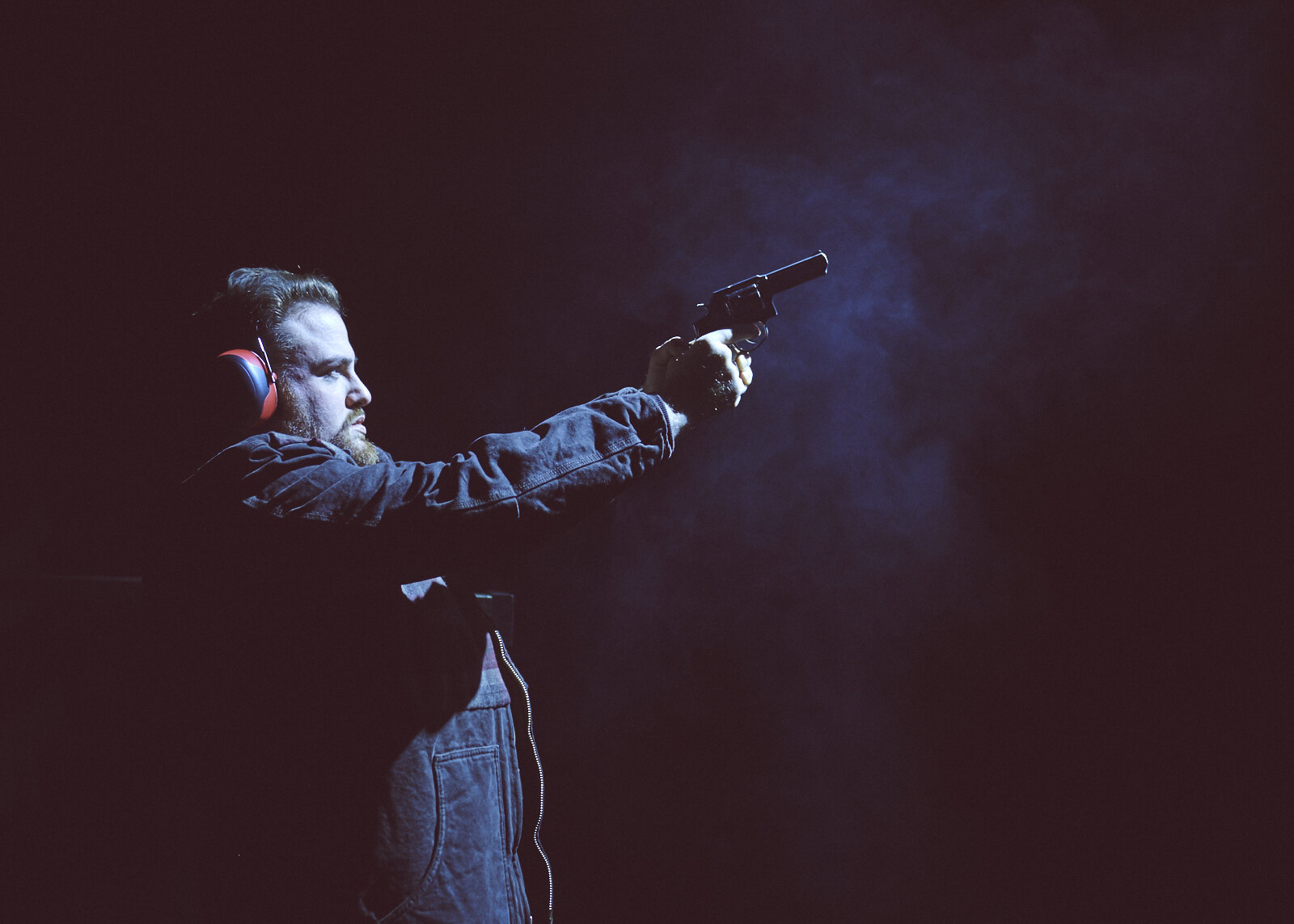
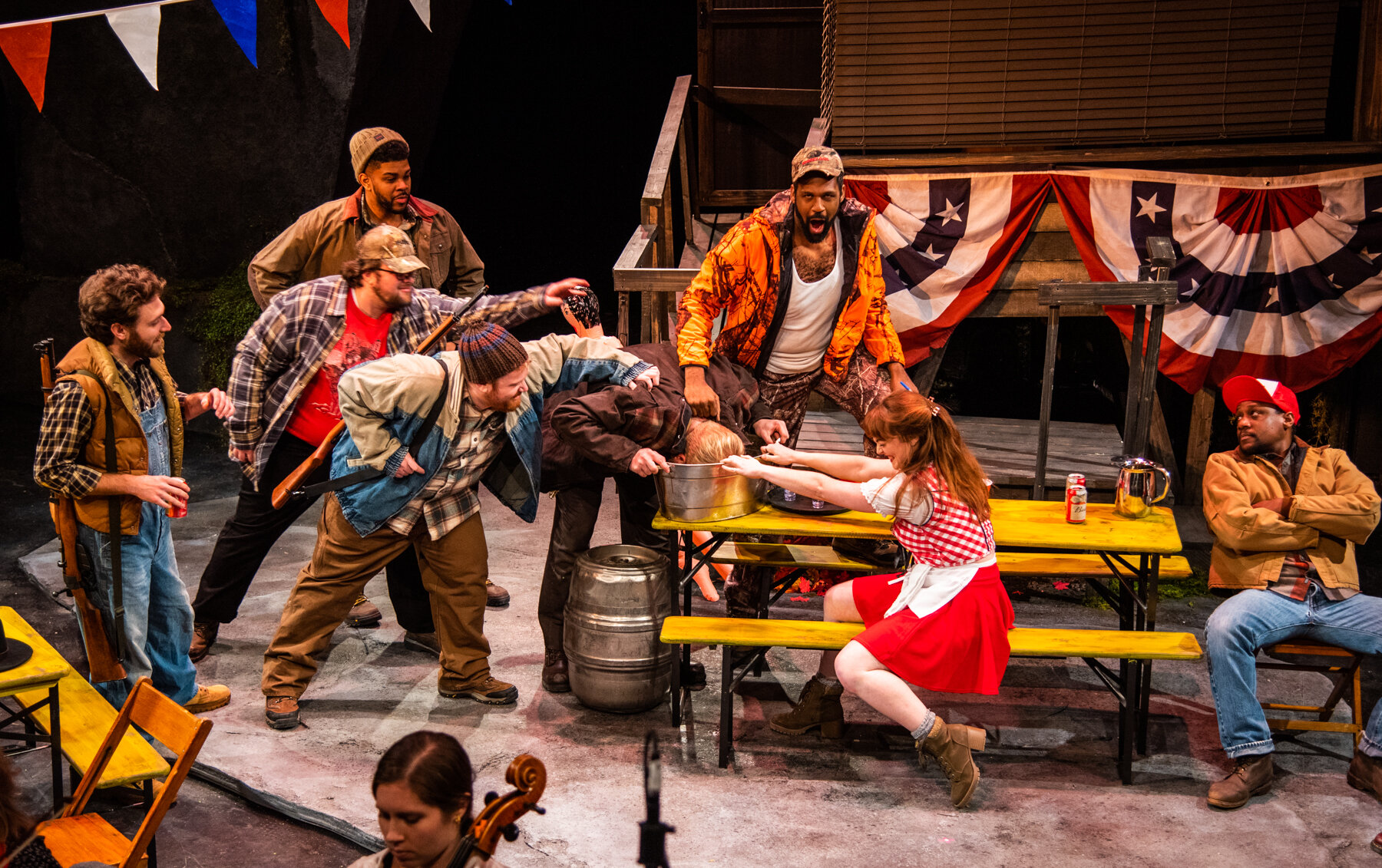

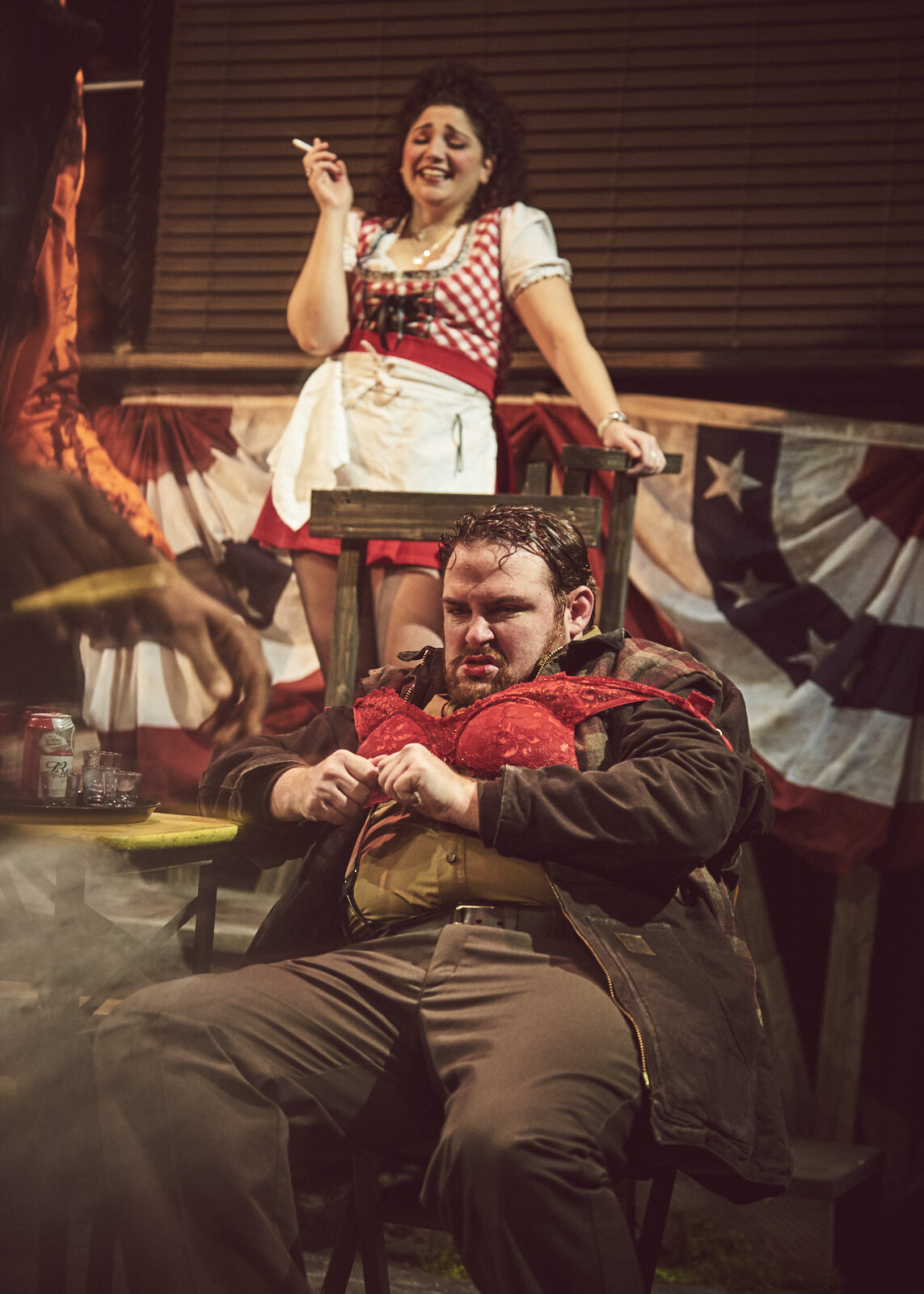
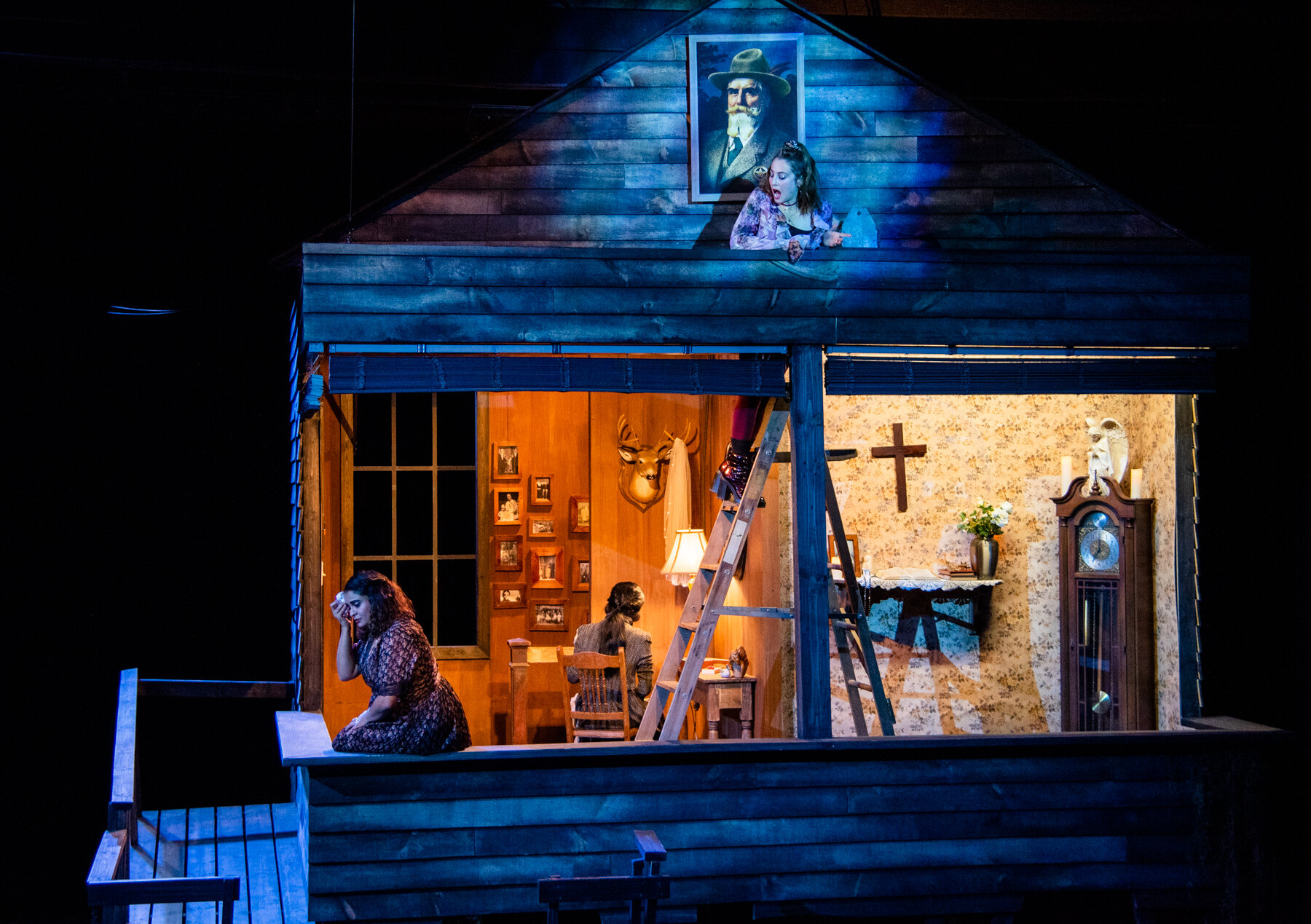
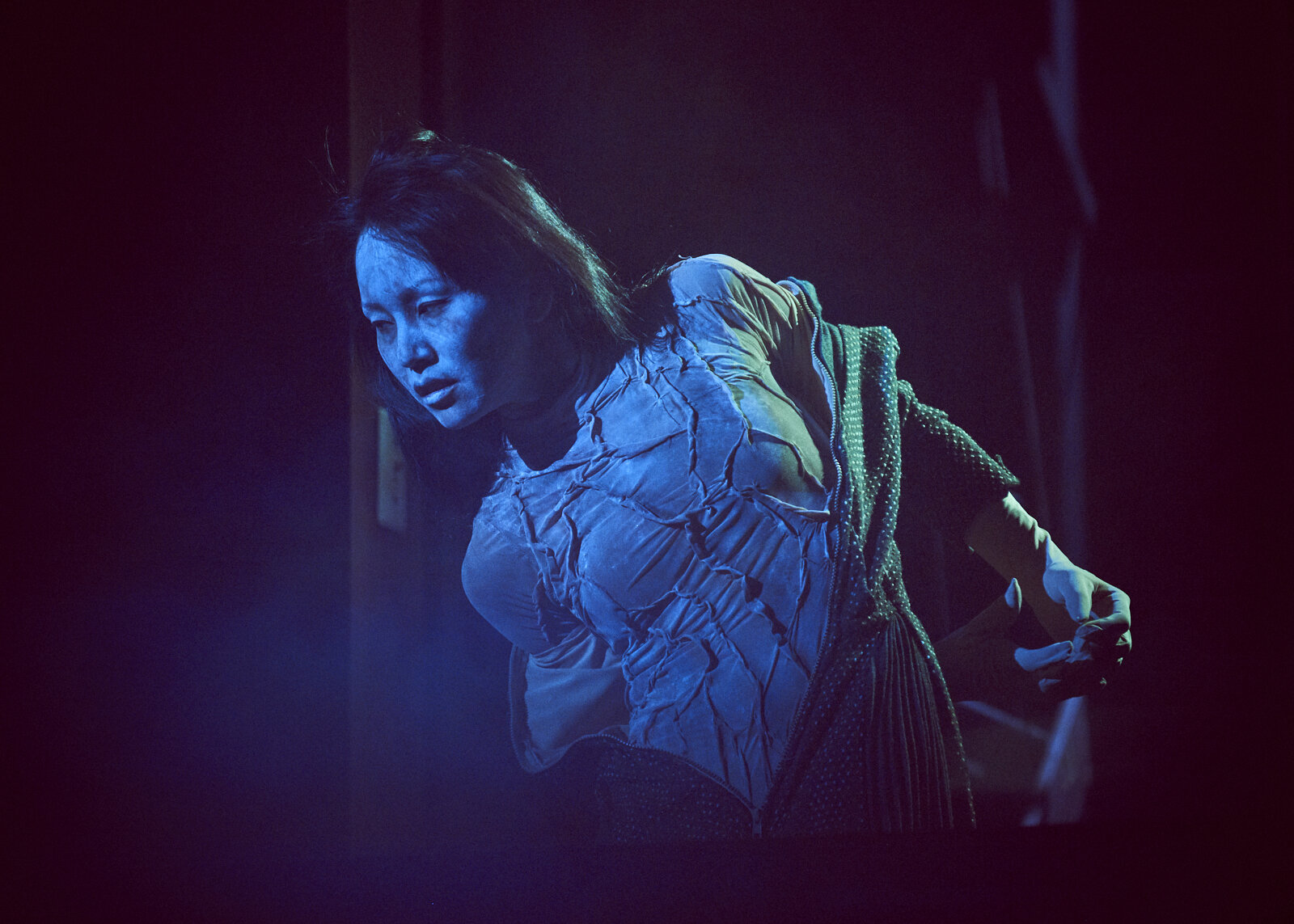
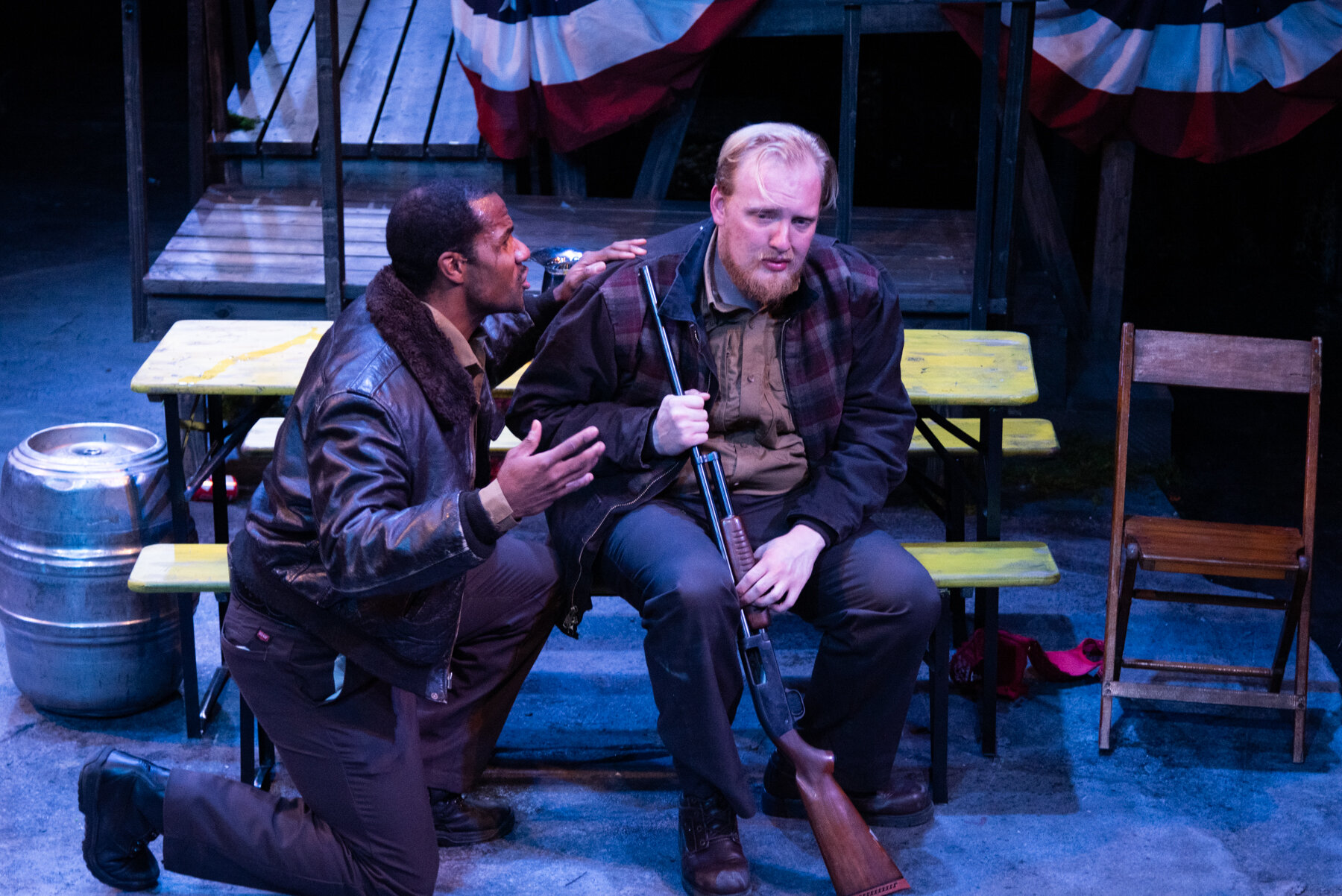
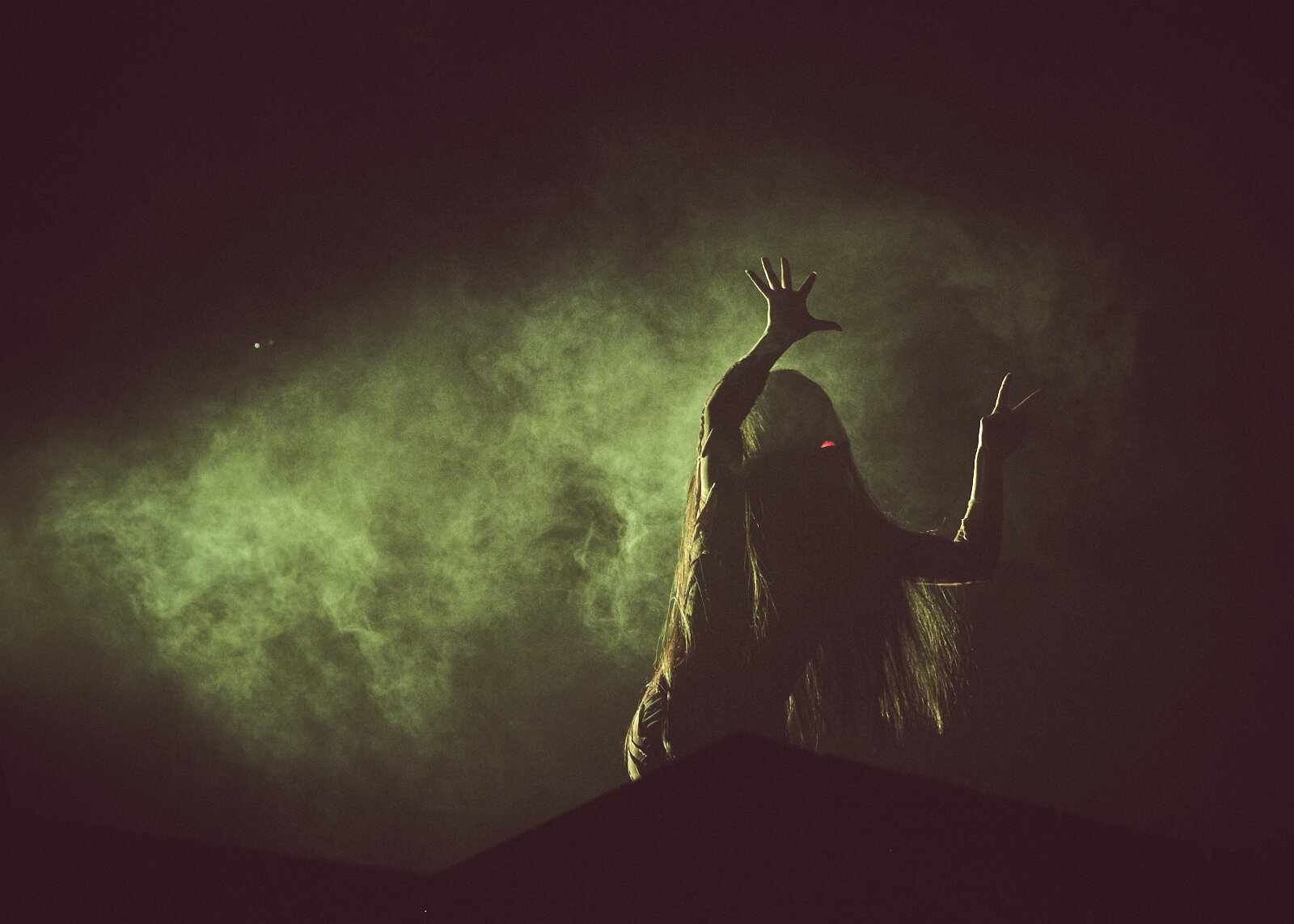
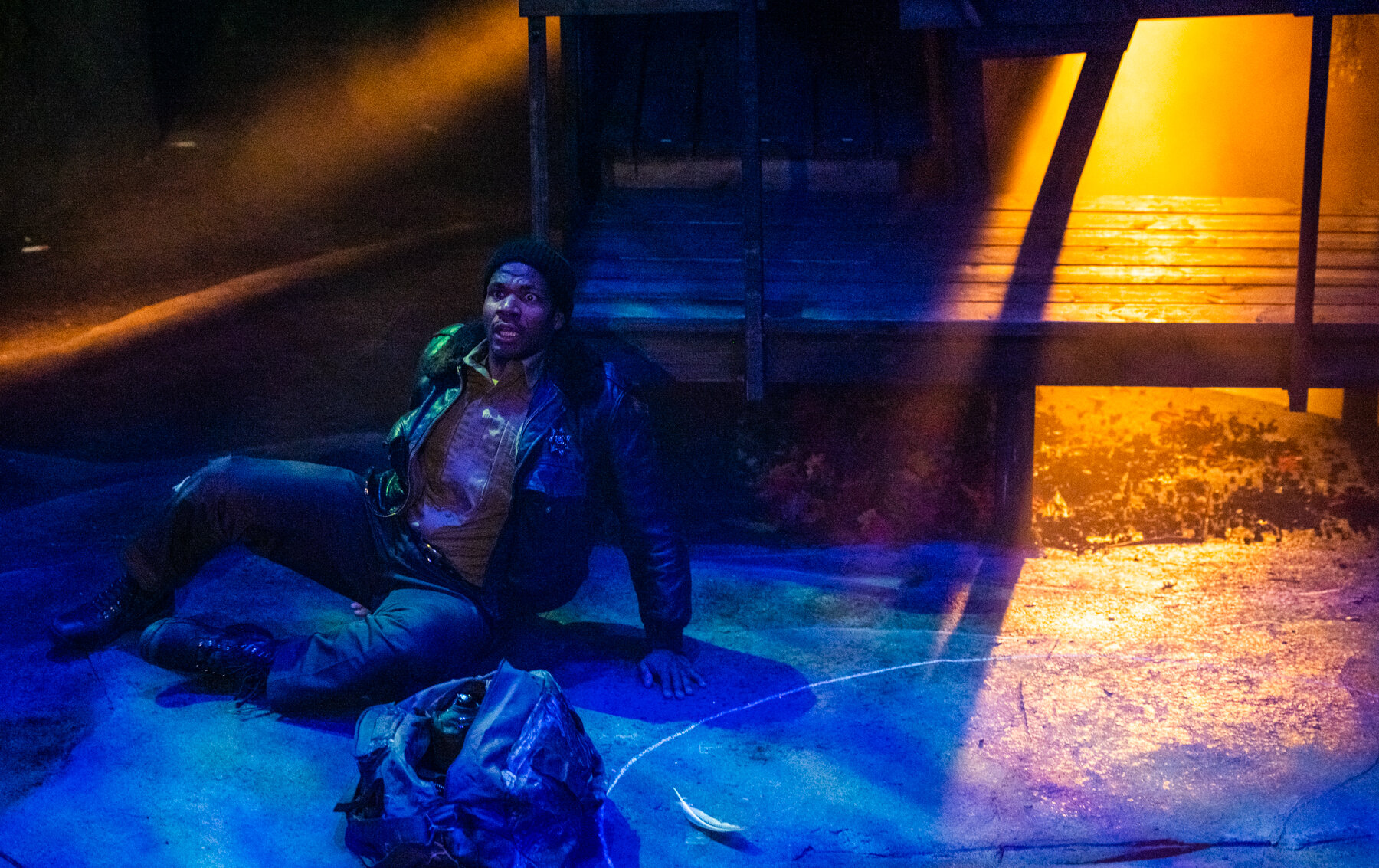
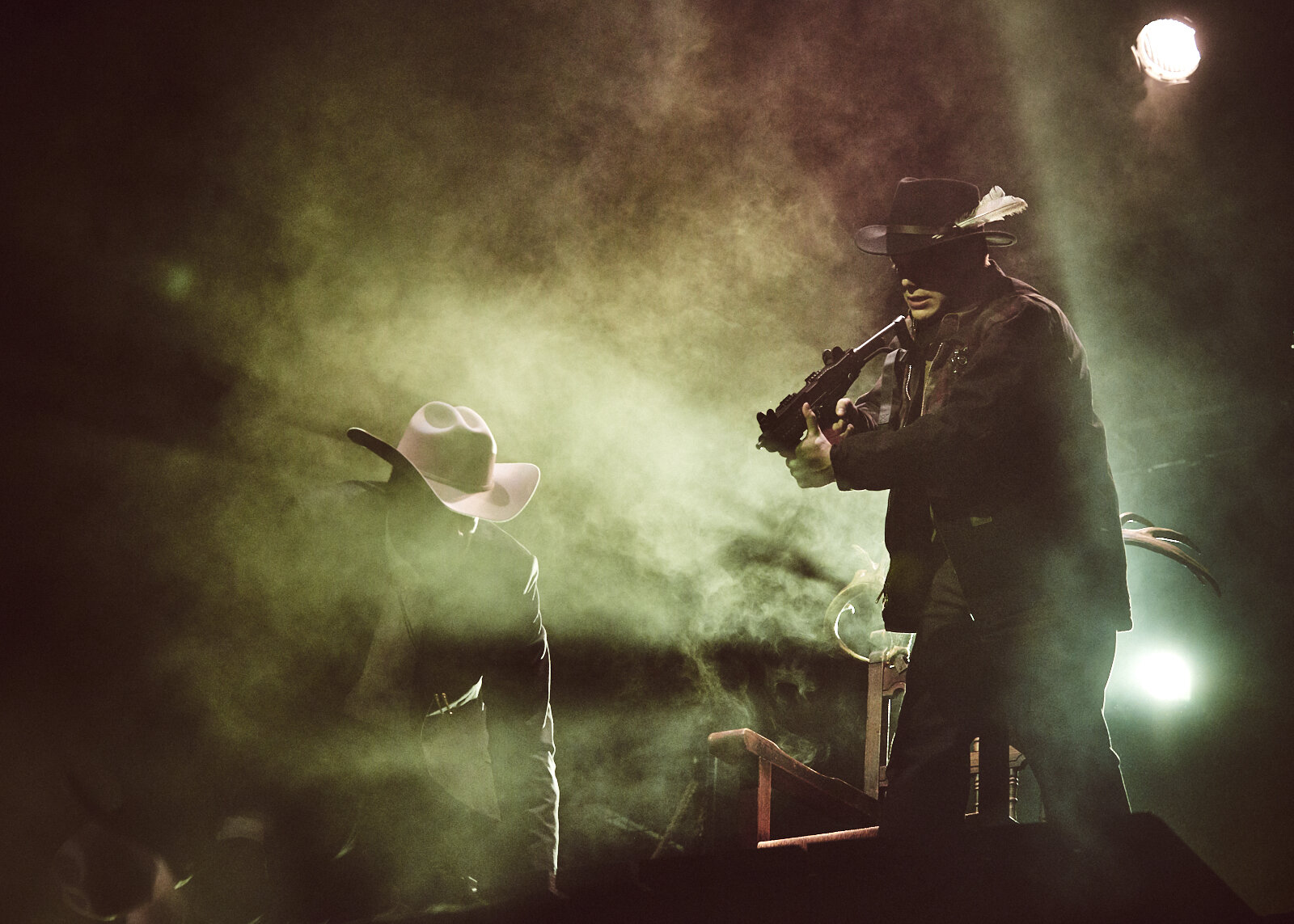
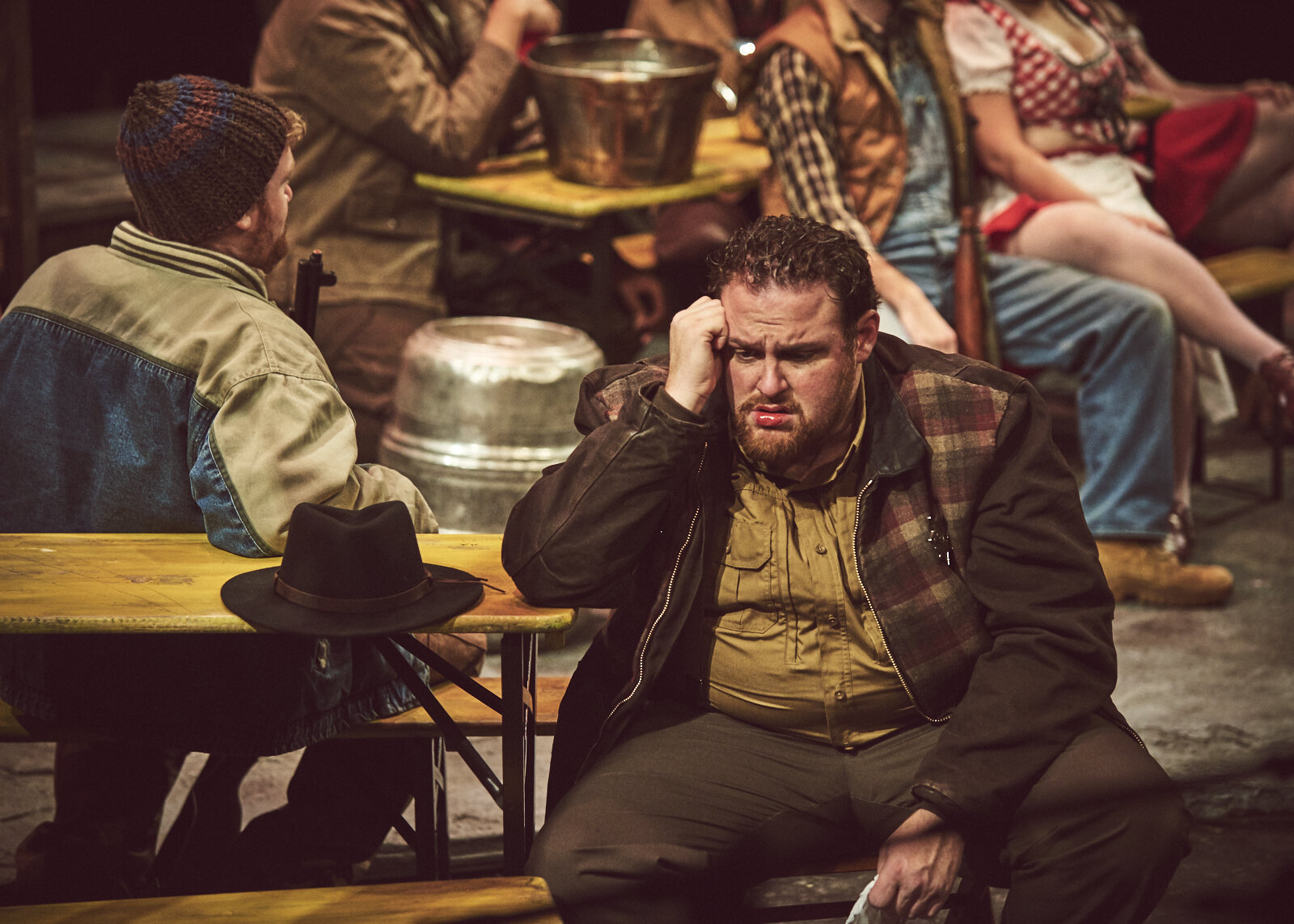
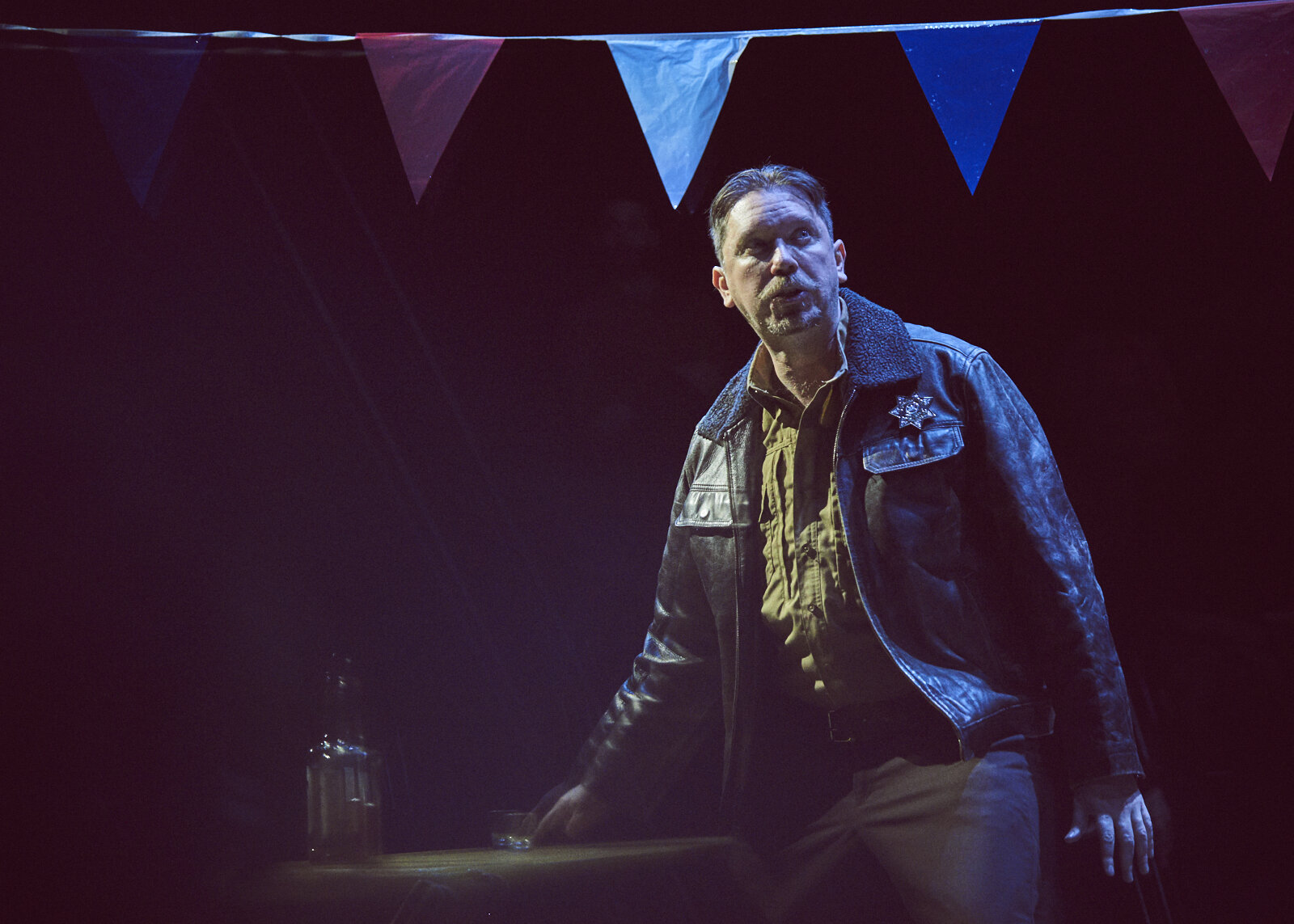
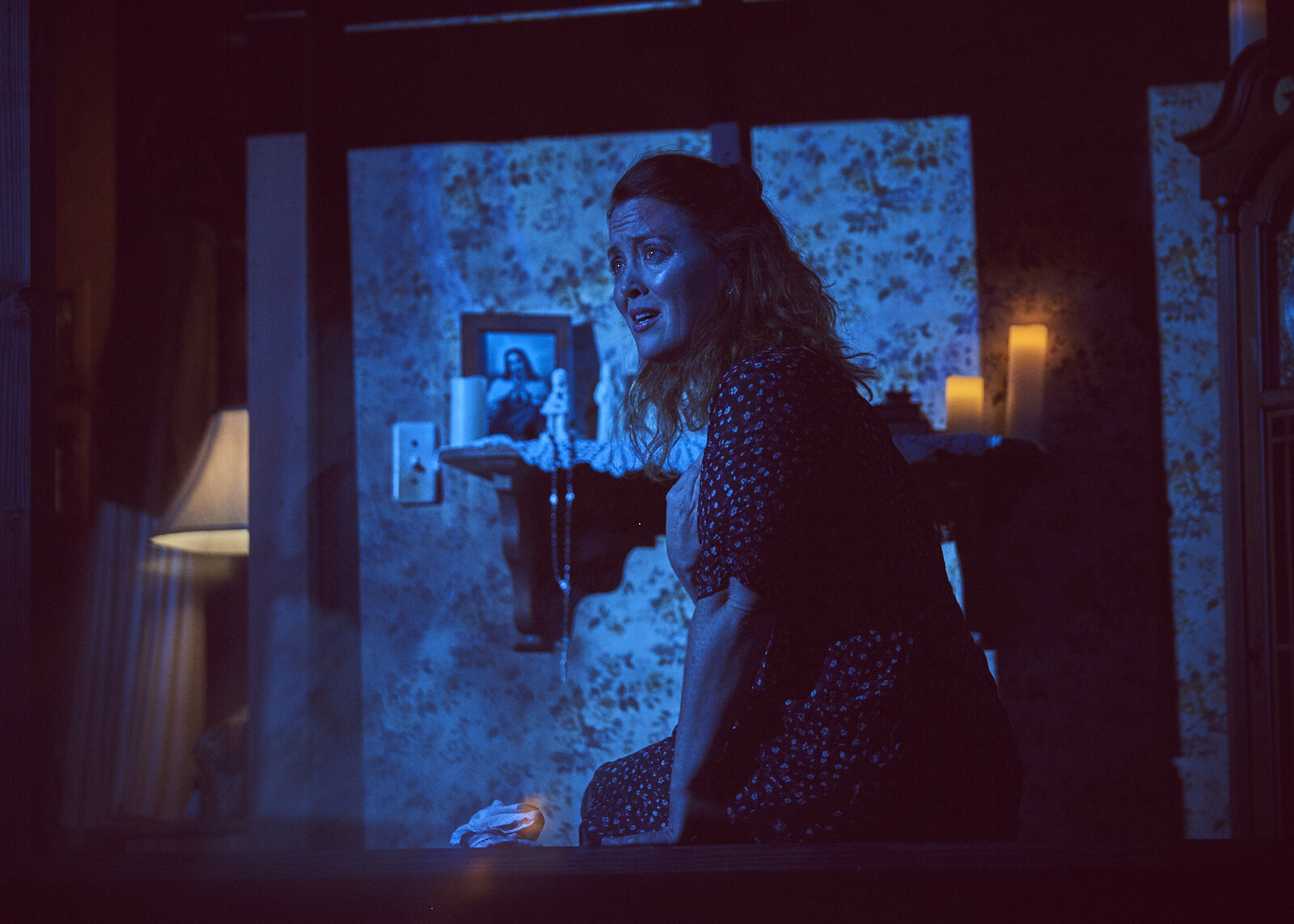
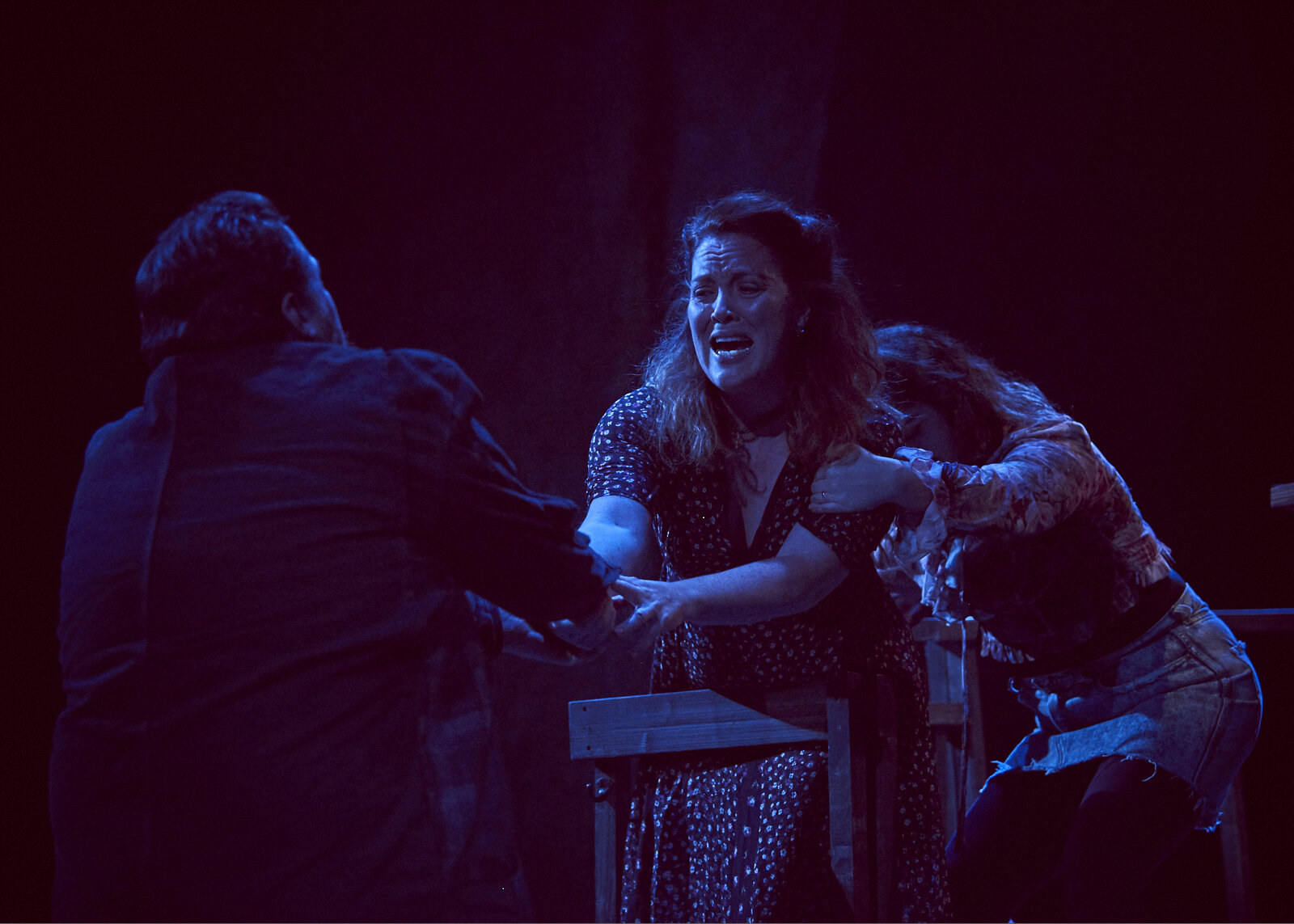
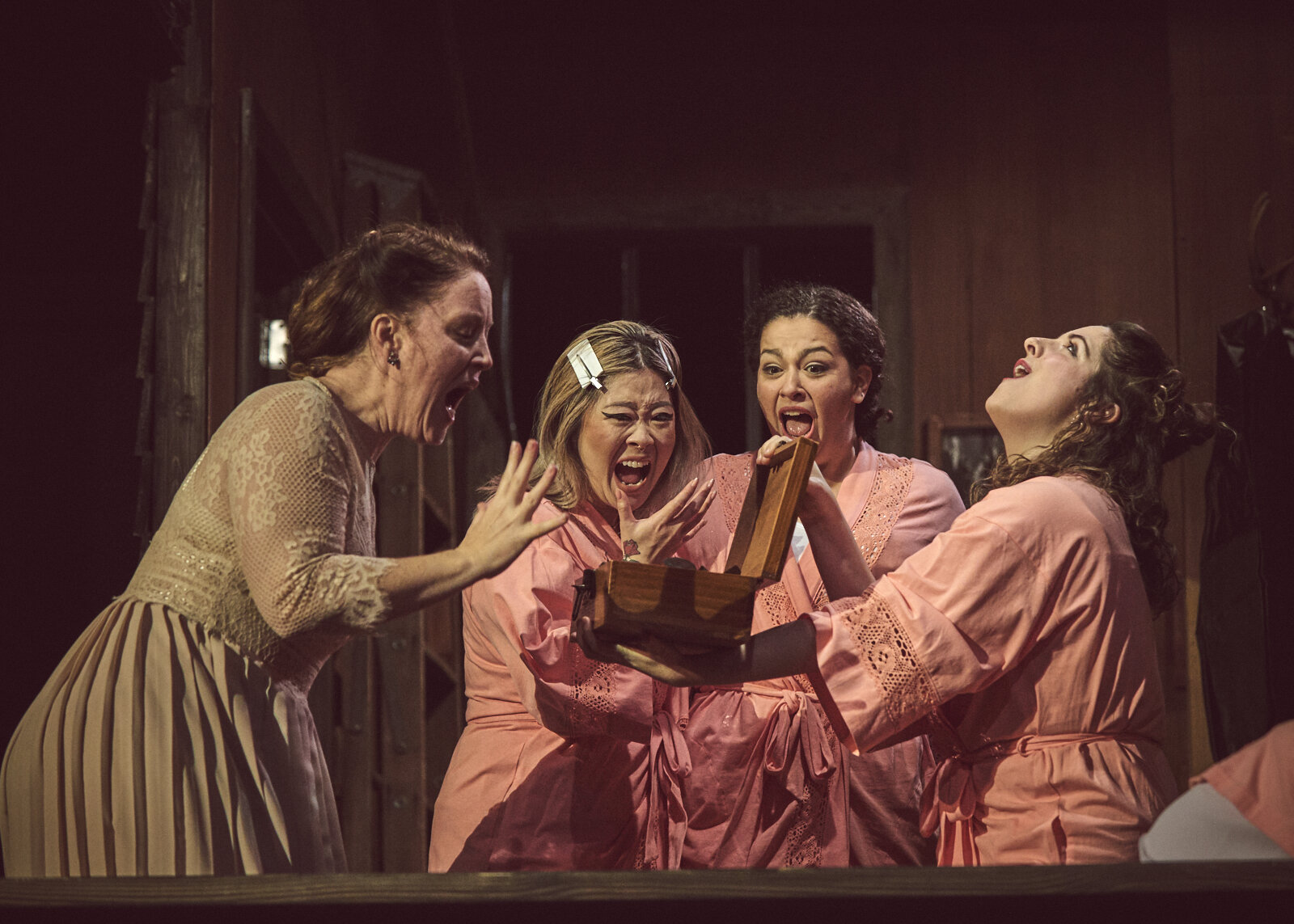
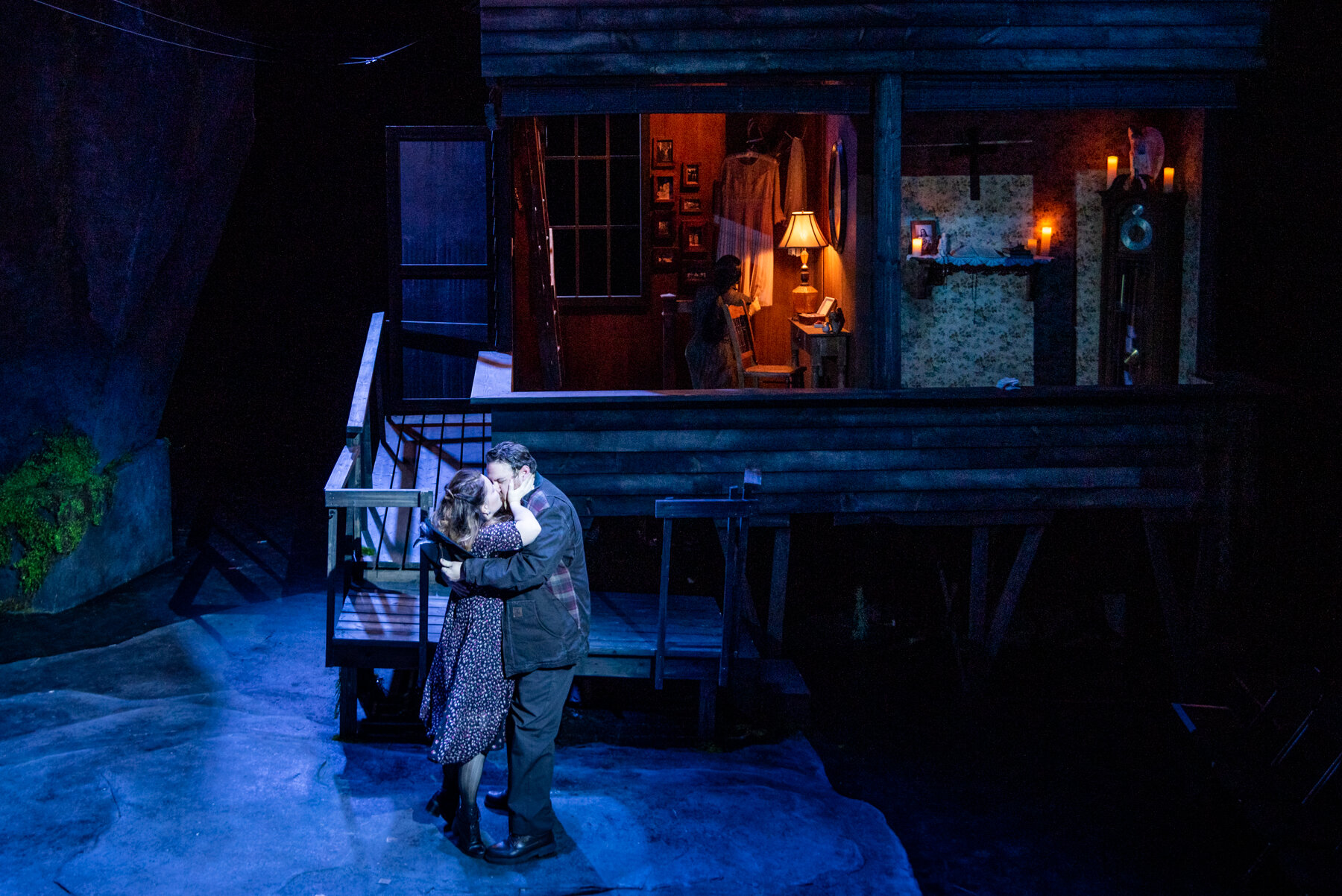
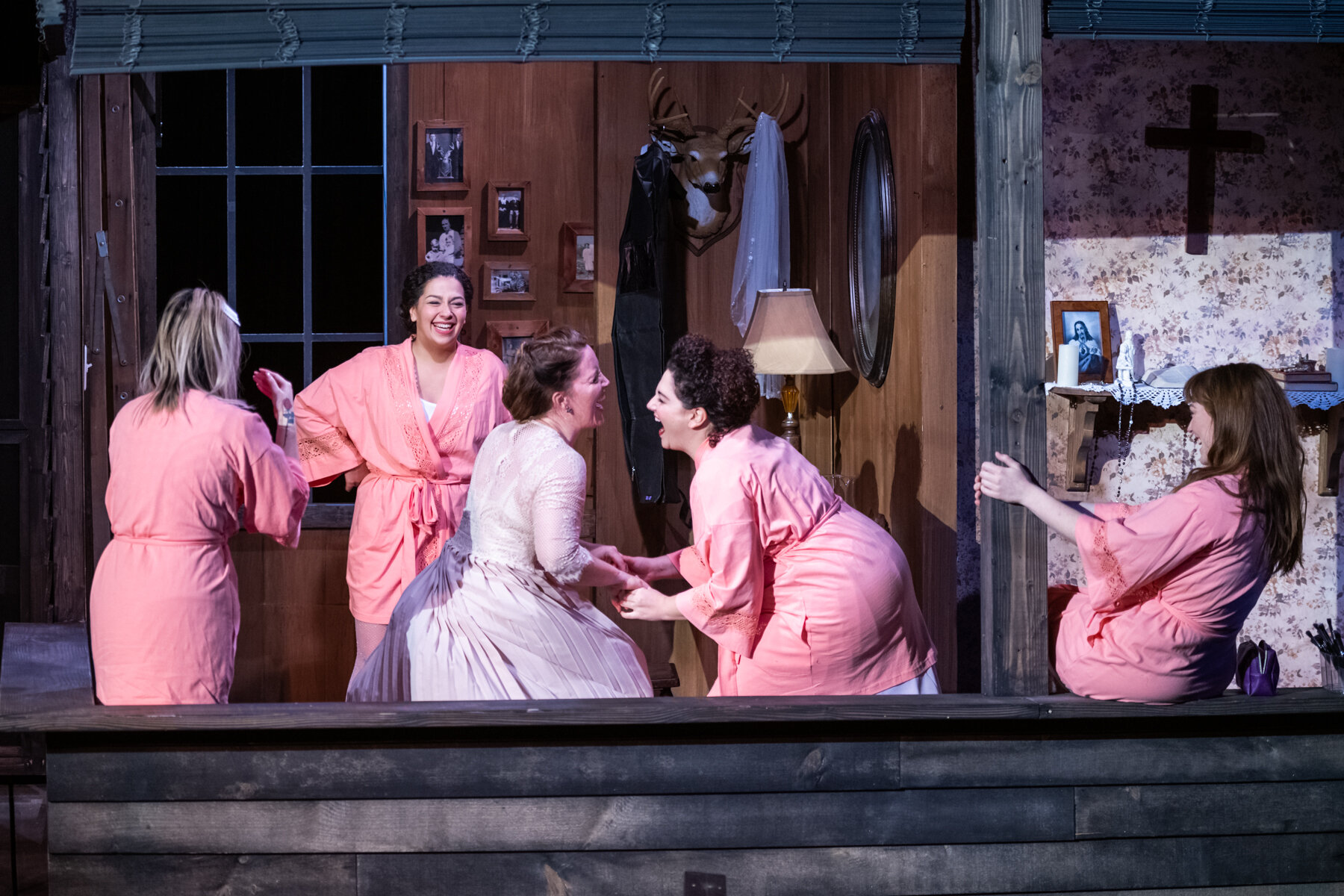
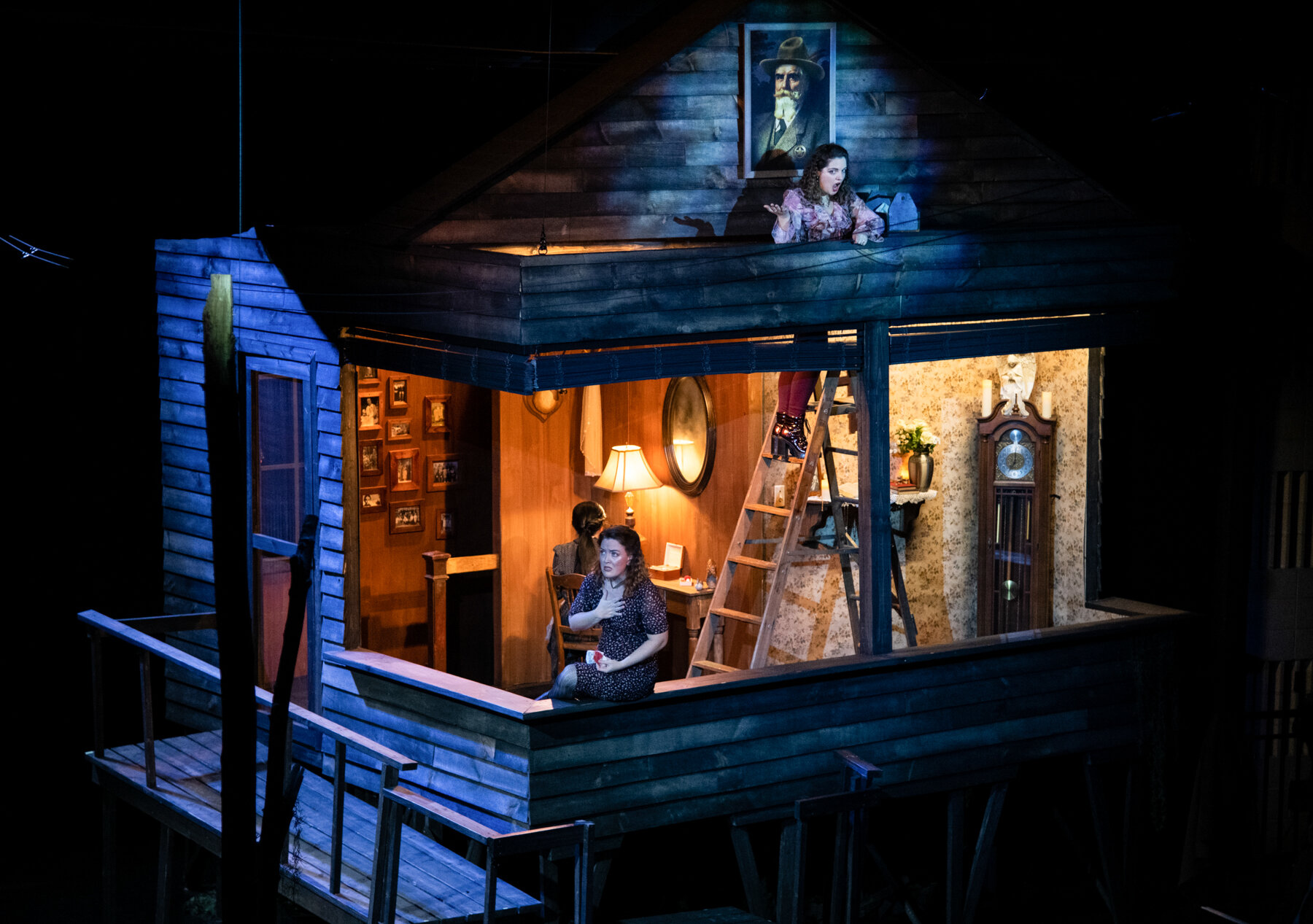

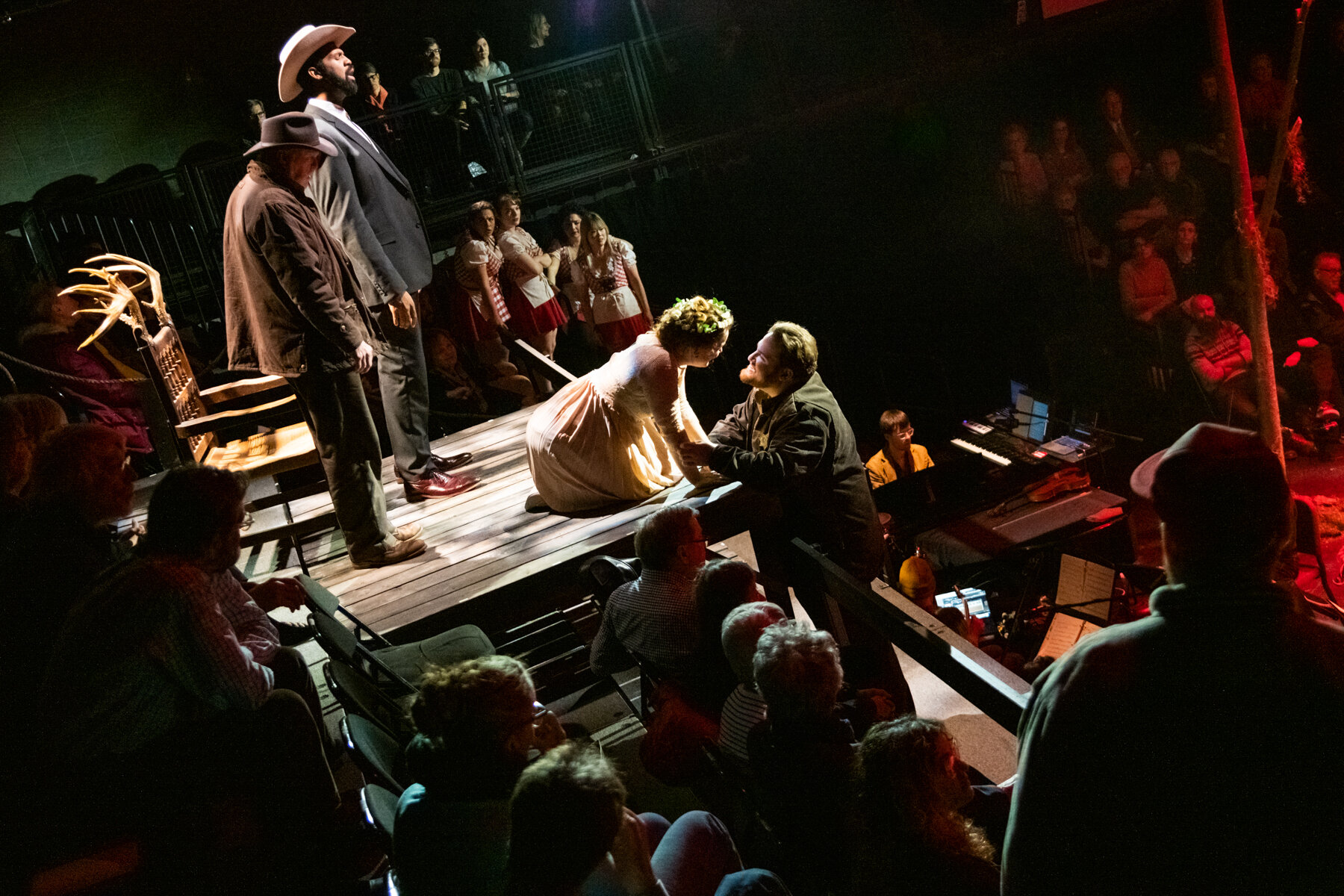
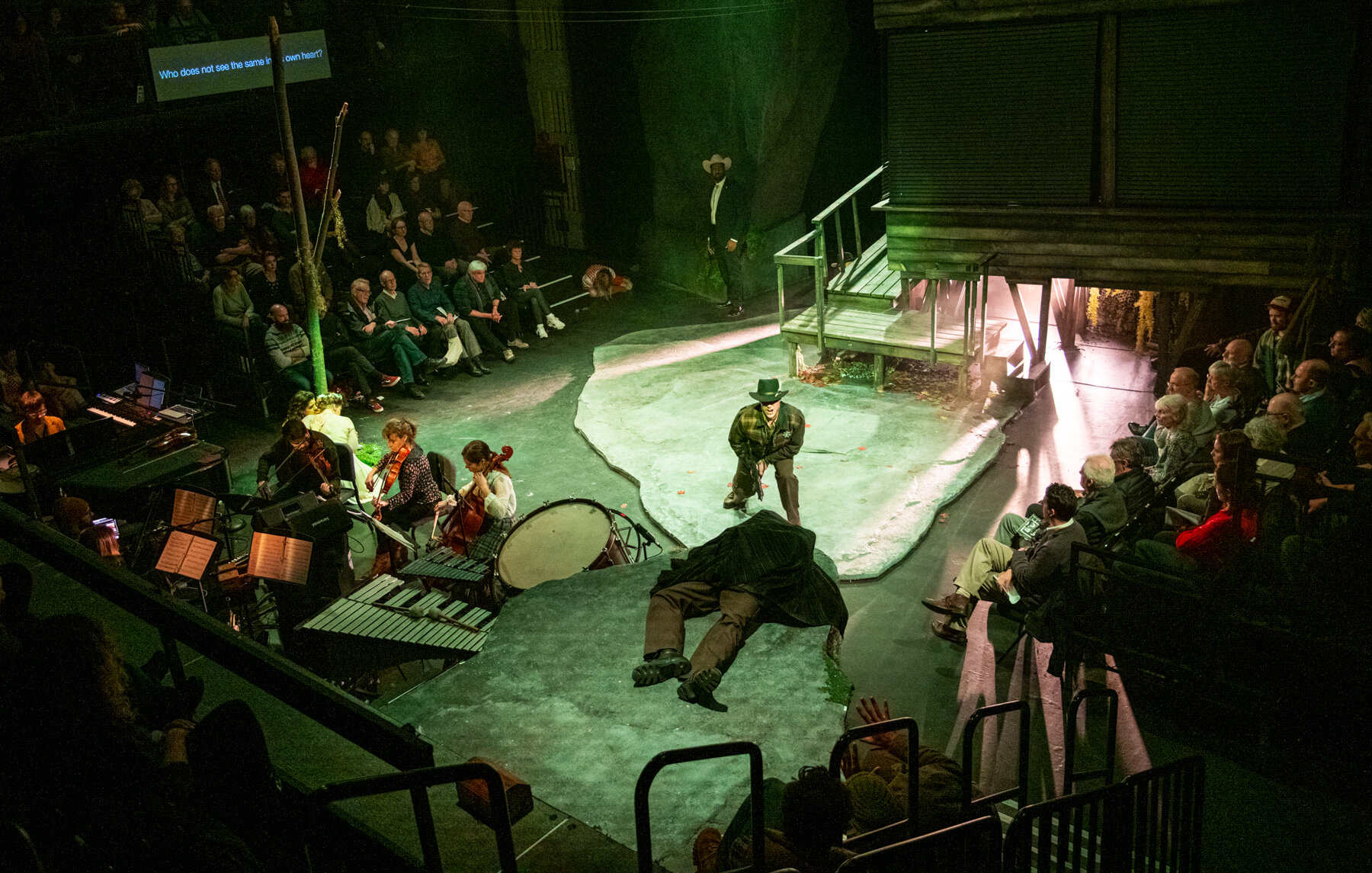
“While an ominous drumbeat is playing, Max (Ian Koziara) appears on stage taking trial shots at a man-shaped vector target. Then, on a raised platform opposite the stage, Agathe (Summer Hansen) appears wearing a white wedding dress and bleeding profusely from an abdominal wound. Another figure who closely resembles Max appears next to her, looking disconsolately at a gun in his own hand. The implication of this vignette—a connection between gun culture and tragic violence—would have been clear enough to rile any NRA lobbyist. More subtly, the vignette was also a clever nod to the original, darker folktale version of “Freischütz,” which ends with Max unintentionally shooting and killing Agathe.
...
The marksmen in “Der Freischütz” are always a rowdy bunch, but in this production they went full-on fratboy. Amid the rampant drinking and cigarette-smoking, the men’s attention intermittently turned to a life-size female blow-up doll, scantily clad in Daisy Dukes and a bikini top. Later, one of the men ripped off the bikini top, a gesture that seemed to suggest a rehearsal of sexual assault. And while the marksmen and townspeople mocked Max as always, this time their taunts escalated to acts of physical abuse. At one point, the marksmen dunk Max’s head in a basin of water, an act that hovered between fraternity hazing rituals and Guantanamo-style torture methods.
...
The staging of the Wolf Glen scene was equally innovative, and more than a bit disturbing. Kaspar’s preparations for the ritual included the dismemberment of a small, unseen animal; the audible sound of bone-breaking evoked a visceral reaction in the audience.
Samiel (azumi O E) was a truly ghastly spectacle, sporting a shaggy mane of hair and drawing on conventions of Japanese Butoh dance (an avant-garde genre of theatrical dance that uses grotesque costumes and body movements to express social critique).
The impressive performance by azumi O E, a Butoh dancer herself, captured the inhuman nature of Samiel in a way that blurred the distinction between human and inhuman. Indeed, one of the masterstrokes of the production was the decision to have Samiel appear earlier in Act 2, in the scene between Agatha and Ännchen.
During this scene an unidentified woman silently tends to Agatha’s wedding dress in the background. Once Agatha and Ännchen leave, however, the “woman” turns to the audience and reveals a white, featureless face; her bodily movements reveal that she was Samiel all along. This was a brilliant way of bridging the opera’s domestic and forestal scenes, which many critics have felt to be at odds with each other. In a sense, the production suggested that the “toxic masculinity” of the forest is the dark side of romance, not its antithesis.” - Opera Wire
Der Freischütz
by Carl Maria von Weber and Friedrich Kind
produced by Heartbeat Opera
December 2019
New York Times Critic’s Pick
"this inventive “Freischütz” delivered … Heartbeat’s production team wanted to delve into the work’s disturbing, timely subtexts by streamlining and modernizing it. They succeed. … the contrast between American ambience and classic Romanticism made a powerful impact. Here was a rare presentation of the work that would define 19th-century German opera, made topical in a way that both respected Weber and stretched him." - Anthony Tommasini, The New York Times
"icy vodka shots of opera instead of ladles of cream sauce … stripping away centuries of expectations and tradition…" - Zachary Woolfe, The New York Times
“Heartbeat Opera's take on Weber's Freischütz hits the mark ... a rootin' tootin' version by Louisa Proske … in an eerie production that kept my head swiveling like Linda Blair in The Exorcist.” - BroadwayWorld
"One of the most visceral experiences that I have ever had in the theater. … Heartbeat Opera took the gamble with Weber’s Der Freischütz and won." - Seen and Heard International
“A Complex & Chilling Re-Imagining of Weber’s Iconic Work In the Context of Trump’s America … the bold approach taken by Heartbeat Opera affirms its promise to take risks in its staging of classical operas, and it makes a persuasive case for the contemporary relevance of Weber—and of opera more generally.” - Opera Wire
Conceived and Adapted by Louisa Proske
Directed by Louisa Proske and Chloe Treat
Arranged and Music Directed by Daniel Schlosberg
Fights by Rick Sordelet
Designs by Sara Brown, Beth Goldenberg, and Oliver Wason
Cast:
Performing on Even Dates
Derrell Acon // Kaspar
Summer Hassan // Agathe
Ian Koziara // Max
Jana McIntyre // Ännchen
Performing on Odd Dates
Daniel Klein // Kaspar
Katherine Whyte // Agathe
Casey Candebat // Max
Nicole Haslett // Ännchen
Performing on all Dates
Eric Delagrange // Hermit
Quentin Oliver Lee // Kilian/Ottokar
Kevin McGuire // Kuno
Azumi O E // Samiel
Chorus
Philip Bullock, Michael Celentano, Emilia Donato, Cory Gross, Jessica Harika, Claire Leyden, Patrick Lord-Remmert, and Siobahn Sung